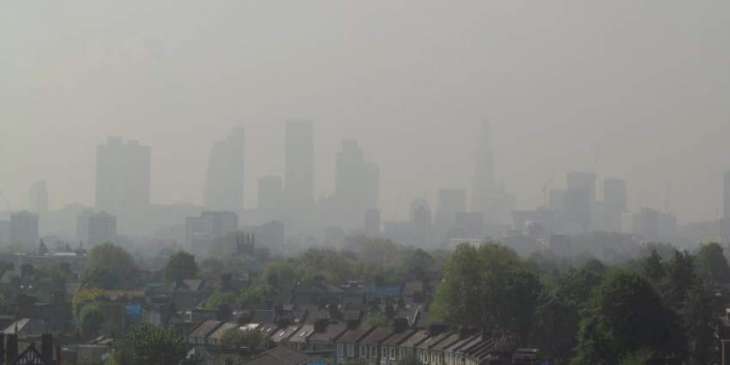The levels of atmospheric particulate matter (PM) in Europe remain high and dangerous for human health despite the continent's attempts to reduce pollution for nearly two decades, a report on the European air quality from 2000 to 2017 released by the European Environment Agency on Wednesday said
MOSCOW (Pakistan Point News / Sputnik - 16th October, 2019) The levels of atmospheric particulate matter (PM) in Europe remain high and dangerous for human health despite the continent's attempts to reduce pollution for nearly two decades, a report on the European air quality from 2000 to 2017 released by the European Environment Agency on Wednesday said.PM is a mixture of solid particles and liquid droplets found in the air that can be human-made or natural. It is emitted during domestic heating, power generation or in vehicle engines. The biggest impact of particulate air pollution on public health is from long-term exposure to PM that has a diameter of less than 2.5 micrometers, which increases the mortality risk, particularly from cardiovascular causes.
"Concentrations of particulate matter (PM) continued to exceed the EU limit values and the WHO [World Health Organization] AQGs [air quality guidelines] in large parts of Europe in 2017. ... Regarding PM2.5, about 8 % of the urban population in the EU-28 [number of bloc's member states] was exposed to levels above the EU annual limit value, and approximately 77 % was exposed to concentrations exceeding the WHO AQG value for PM2.5 in 2017," the report read.
Data collected by thousands of monitoring stations across Europe, showed that PM2.5 concentrations in the air caused the deaths of over 400,000 people in 2016 alone.
"Estimates of the health impacts attributable to exposure to air pollution indicate that PM2.5 concentrations in 2016 were responsible for about 412 000 premature deaths originating from long-term exposure in Europe, of which around 374 000 were in the EU-28," the report said.
The highly reactive nitrogen dioxide (NO2) gases also remain an issue. These gases are products of vehicles, power plants and fuels burning at high heat that can cause lung irritation and diminish immune responses to respiratory infections.
"The estimated impacts of exposure to NO2 and O3 concentrations on the population in these 41 European countries in 2016 were around 71 000 and 15 100 premature deaths per year, respectively, and in the EU 28 around 68 000 and 14 000 premature deaths per year, respectively," the document read.
Air pollution has been linked to various diseases and increased death rates. According to the World Health Organization, deaths from stroke or lung cancer may be related to air pollution.
Greenpeace has reportedly called on the European Union to reconsider its current climate change policy if it hopes to be successful in reaching its goal of reducing air pollution by 2050.




